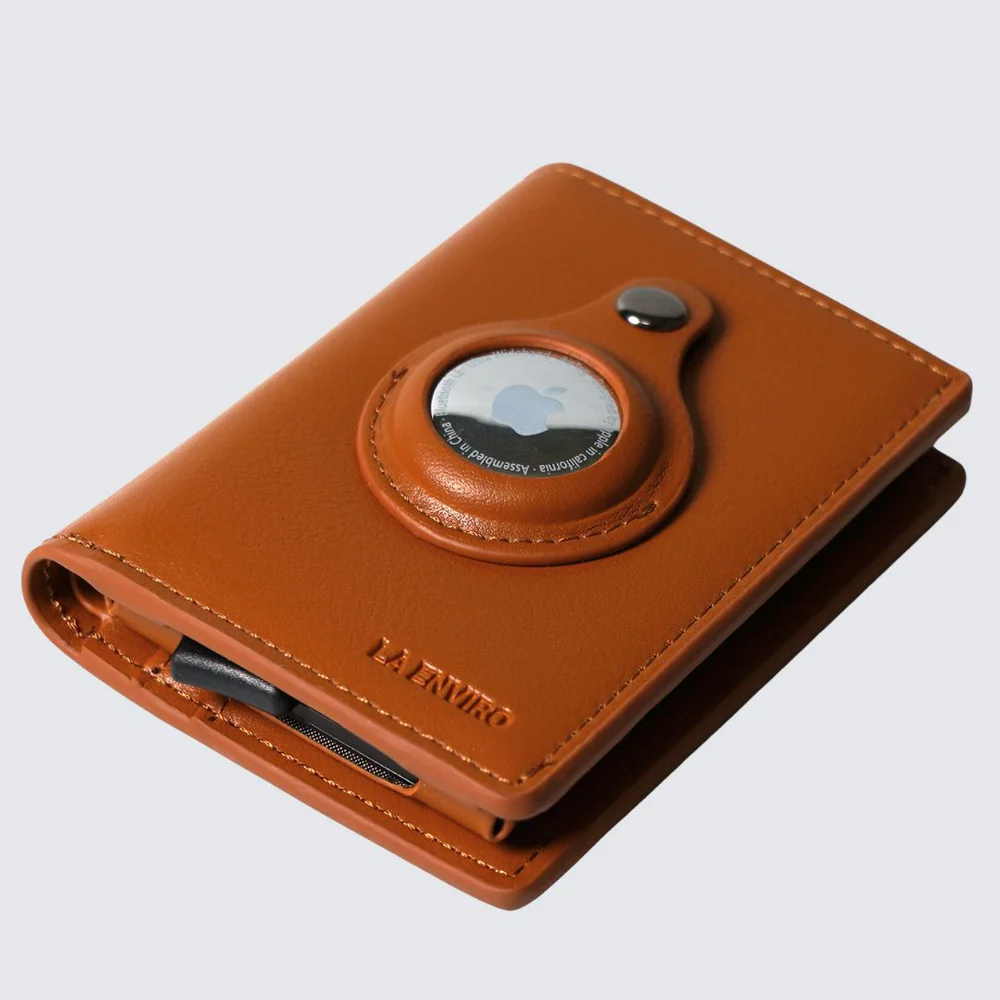Exploring the Convenience and Caution Behind the AirTag Wallet Phenomenon
Keeping an AirTag in your purse can be a smart, secure move—if done thoughtfully. With the rise of smart tracking tools like the AirTag wallet, more people are embedding discreet trackers in their daily carry items. The result? Peace of mind, faster retrieval of lost items, and smarter routines. But there’s more to it than just slipping a tag into your handbag and calling it a day.
Let’s unpack whether it’s truly worth adding an AirTag to your purse, how to do it safely, and the subtle risks you might not have considered.
Why Put an AirTag in Your Purse in the First Place?
Losing a purse isn’t just inconvenient—it’s stressful, time-consuming, and potentially expensive. From credit cards and keys to prescription meds and sentimental items, the contents of your bag are often irreplaceable.
Here’s what an AirTag wallet-style tracker can do:
- Track your purse in real-time using Apple’s Find My network.
- Alert you if you leave it behind at a café, gym, or in an Uber.
- Make it play a sound to help you find it buried under couch cushions or car seats.
- Provide a location history to retrace your steps.
For many users, the psychological benefit alone—simply knowing your purse is findable—is worth it. According to Apple, millions of AirTags are already helping people recover bags, wallets, and luggage globally. That’s social proof in action.
Where Should You Place the AirTag in Your Purse?
If you decide to keep an AirTag in your purse, location matters. You want it hidden enough not to draw attention, but not so buried that the signal is blocked or inaccessible.
Best placement ideas:
- Inside a zipped interior pocket
- Within a coin pouch or makeup bag
- Clipped to a keychain loop or D-ring inside the lining
- In a small AirTag wallet insert placed with your cards
Avoid placing it too close to metallic items or electronics, which can interfere with signal transmission.
Are There Any Privacy or Security Concerns?
Yes—but they’re manageable. While AirTags are generally secure, they’ve sparked headlines around stalking concerns and privacy breaches. That’s mainly due to people misusing them to track others without consent.
Here’s how Apple has addressed this:
- Proactive alerts: iPhones notify users if an unknown AirTag is moving with them.
- Sound alerts: If an AirTag is away from its owner for too long, it emits a sound.
- Serial number tracking: Every AirTag is tied to its owner’s Apple ID.
If you’re placing an AirTag in your own purse, and it remains in your possession, you’re safe. But if you lend your bag to someone, it’s worth letting them know about the tracker to avoid confusion or concern.
What If Someone Steals My Purse—Will the AirTag Help?
It can. While an AirTag isn’t a foolproof theft-recovery device, it increases the odds of locating a stolen purse—especially if the thief is unaware of its presence.
What might happen:
- The AirTag remains undetected long enough to transmit a location via the Find My network.
- You or police use that last known location to act quickly.
- If the thief has an iPhone, they might be alerted—but that still gives you a window to respond.
There are limitations, though. An experienced thief might hear the AirTag’s sound, find it, and ditch it. That’s why discretion and secure placement matter.
Can an AirTag Wallet Interfere with Your Other Devices?
Rarely. AirTags operate using low-energy Bluetooth and Ultra-Wideband technology. They’re not known to interfere with your phone, credit cards, or other electronics.
However, don’t store an AirTag directly next to a contactless payment card. Prolonged contact might demagnetise the card’s strip over time, though it’s uncommon.
Do AirTags Work Everywhere in Australia?
AirTags rely on proximity to Apple devices in the Find My network. In populated areas like Sydney, Melbourne, or Brisbane, you’re almost always covered.
In more remote or regional areas, performance may vary. If no nearby iPhones or Apple devices are in range, your AirTag can’t update its location in real time. It’s still useful—but more limited.
How to Get the Most Value from Using an AirTag in Your Purse
To get maximum utility and peace of mind, follow these simple guidelines:
- Name your AirTag in the Find My app clearly (e.g., “Purse” or “Everyday Bag”).
- Regularly check battery status—each AirTag battery lasts about a year.
- Set up separation alerts so you’re notified when you leave your bag behind.
- Update your iOS regularly to ensure security and performance enhancements.
By doing so, your AirTag wallet or bag insert becomes more than just tech—it becomes part of your daily routine.
FAQs
Q: Can someone else track me through my own AirTag?
A: No. An AirTag is locked to your Apple ID. Only you can access its real-time location.
Q: What’s the difference between an AirTag wallet and a regular wallet?
A: An AirTag wallet includes a built-in or designated space to store an AirTag securely—ideal for tracking without bulk.
Q: Will Android phones detect AirTags?
A: Android users can use the Tracker Detect app to scan for unknown AirTags, but they don’t get automatic alerts like iPhone users.
Final Thoughts: Is It Worth It?
If your purse carries items you’d hate to lose, pairing it with an AirTag wallet or tracker insert is a smart move. You gain peace of mind, a stronger chance of recovery, and helpful tech that fits seamlessly into your life.
For those who prefer even more compact tracking options, you might also want to consider the AirTag card holder collection for minimal, secure on-the-go tracking.
For further insight into how Bluetooth tracking compares with other security tools, see this review from Wired.

